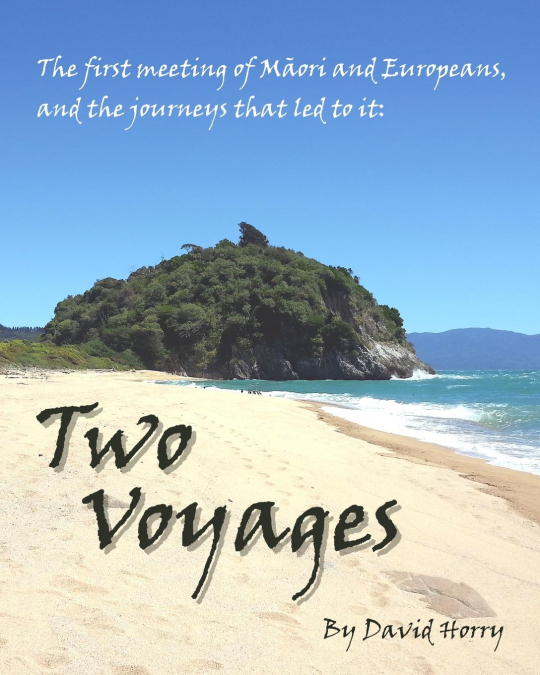
David Horry
New Zealand was the last major habitable land on Earth to be populated.Many associate the discovery of New Zealand with James Cook, but he was not the first to venture to this isolated part of the Earth.When James Cook landed in New Zealand in July 1769 he landed at what is now known as Gisborne, on the east coast of the North Island. It is in the latitude 38°40’S, and Cook was not sailing this latitude accidentally.The west coast of New Zealand was first revealed on a published map in 1648. James Cook knew exactly where he was going; Abel Tasman had been there in 1642 and Cook had a copy of his chart and journal.The motivation behind Tasman’s voyage was profit. He was not voyaging into the unknown for fame, glory or fortune; he was a salaried employee of the Dutch East India Company, a multinational trading company. His mission was to find new lands with goods to trade.He first saw New Zealand on 13th December 1642. Five days later he had a dramatic encounter with the locals; a tribe of Māori called Ngāti Tūmatakōkiri. This was the first meeting of Māori and Europeans. Tasman had not found an empty land; it had already been discovered and settled.New Zealand was discovered by Polynesians from the Central Pacific around 950 AD, but remained only sparsely populated for three hundred years.In approximately 1300 AD a wave of Polynesian migration began. The immigrants that went to New Zealand did so for self-preservation. They risked the voyage to New Zealand to escape warfare, death or starvation.On 19th December 1642 Abel Tasman’s crews met the locals with fatal consequences. Those local Māori were descendants of the crew of the waka Kurahaupō who had arrived in New Zealand about 300 years earlier.Two Voyages follows the journeys of the waka Kurahaupō, its occupants and their descendants; and Abel Tasman and his crew. It follows the journeys from their origins, to their point of coincidence in Golden Bay.This wonderfully illustrated book explores the discovery of New Zealand by the Polynesians, and by the Europeans after them. It looks at the factors giving impetus to the two journeys, the people who undertook them, their routes, the means by which they travelled, and their tragic first meeting.There are many books about the history of New Zealand that begin with the arrival of Europeans; this one ends there.